Russia-Ukraine conflict: Sanctions on Russia ramp up as sources say Ukraine’s air defenses effectively eliminated
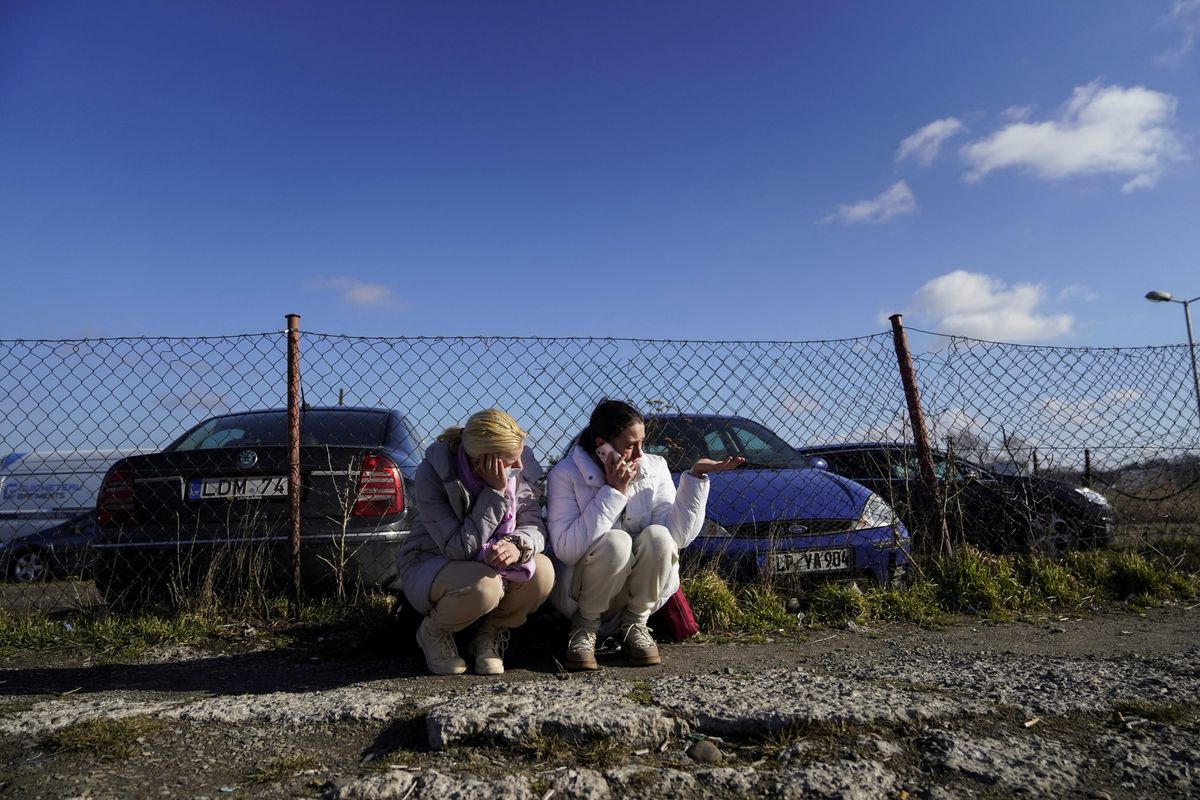
A few minutes every morning is all you need.
Stay up to date on the world's Headlines and Human Stories. It's fun, it's factual, it's fluff-free.
The backstory:
- Russia invaded and annexed Crimea and eastern Ukraine (a former Soviet state) back in 2014, which caused it to be kicked out of the international military alliance, The North Atlantic Treaty Organization (NATO).
- Over the last few months, Russia has been amassing large numbers of troops at the Russian-Ukrainian border, worrying people that Russia was looking to invade again, eight years after the first invasion.
- Russia denied any intention to invade and said that the troops were for self-defense. Meanwhile, they sent some demands to the West, including banning Ukraine from ever entering NATO.
- The United States responded by writing to Russia, saying that they wouldn’t ban Ukraine but would find ways to work with Russia where appropriate.
- On Monday, in a televised address, Russian President Putin recognized two Russian-backed separatist regions in Ukraine and then ordered the Russian army into the area to “keep the peace.”
- Putin described the country as an essential part of Russia’s history and added that he was confident that the Russian public would support his decision.
- Since Russia’s move, the US, the United Kingdom and the European Union have all announced increasingly intense sanctions against the country.
- Ukraine declared a state of emergency on February 24 for 30 days. This announcement came after several government websites were experiencing a denial-of-service (DDOS) attack.
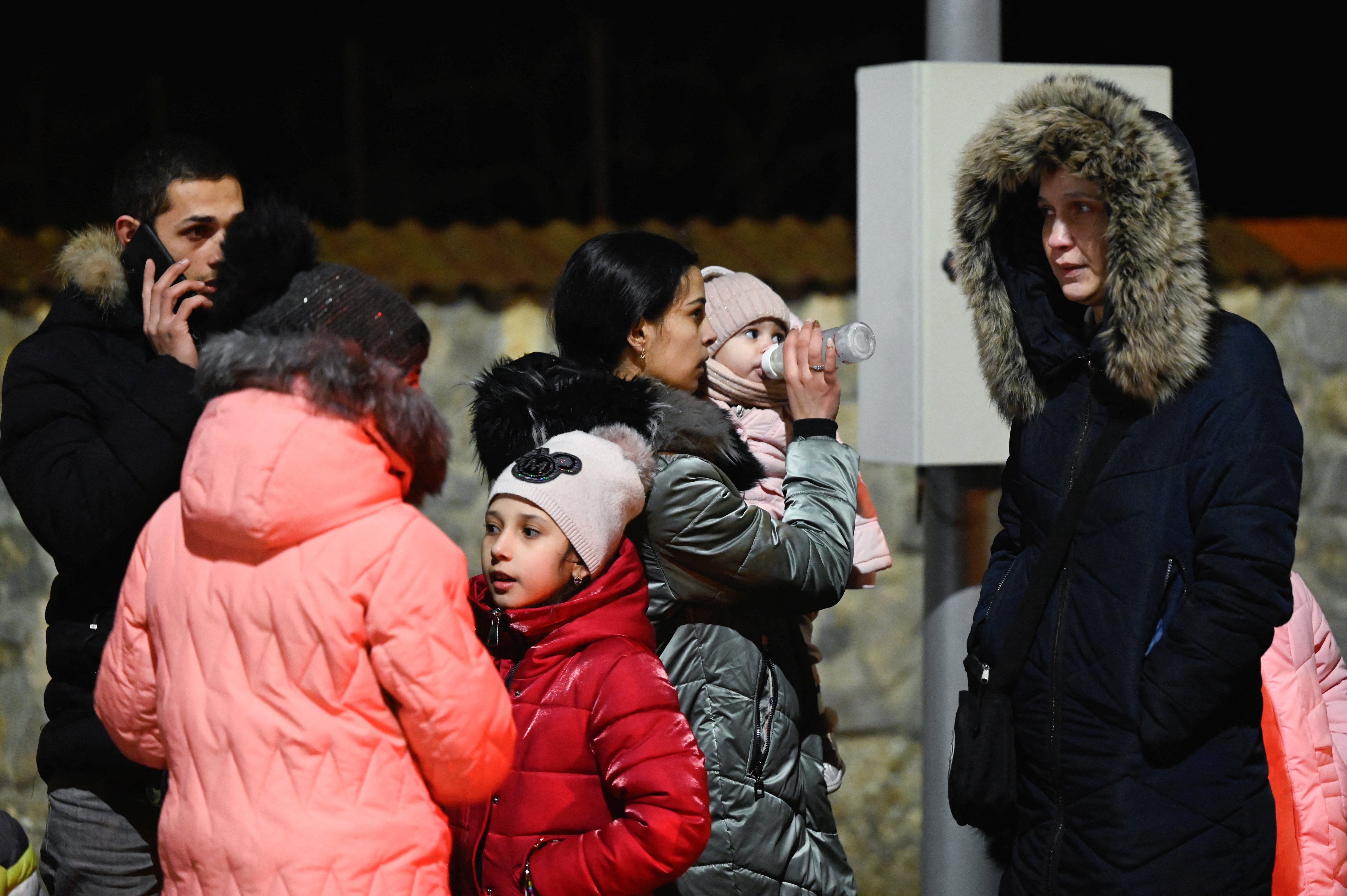
The invasion:
- In the early hours of Thursday morning, Russia’s President Putin authorized a special military operation in Ukraine’s Donbas region.
- Putin explained that the move was in response to threats from Ukraine. He also urged Ukrainian soldiers to lay down their weapons and go home, saying that any bloodshed would be on them.
- Putin also added that his country has “no plans” to occupy Ukraine, and the Ukrainian people would be able “to choose freely” who runs the country.
- Soon after, Ukrainian President Volodymyr Zelenskiy said that Moscow’s claims that Ukraine was a threat to Russia were false.
- “The people of Ukraine and the government of Ukraine want peace,” Zelenskiy said in an emotional address in Russian. “But if we come under attack, if we face an attempt to take away our country, our freedom, our lives and lives of our children, we will defend ourselves. When you attack us, you will see our faces, not our backs.”
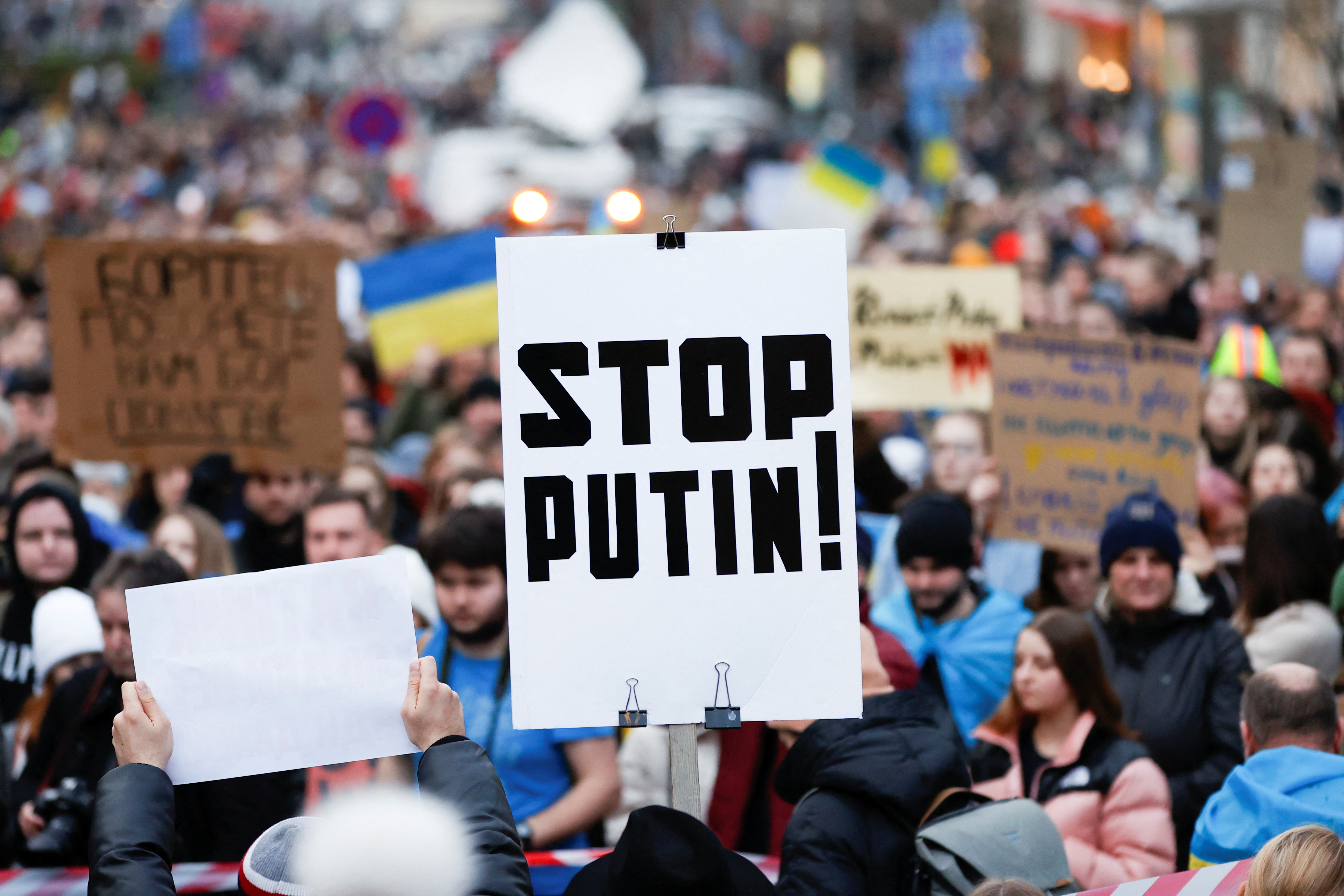
The development:
- The West has warned that Kyiv, the capital of Ukraine, could fall within hours as the Russian military moves closer. According to US President Biden, President Putin moved 175,000 troops and military equipment to Ukraine’s borders, building field hospitals and bringing blood and other medical supplies.
- A senior Western intelligence official has said that the Russian military has effectively eliminated Ukraine’s air defenses, moving swiftly into Ukraine, possibly quickly overrunning the capital as well.
- Meanwhile, more sanctions have been imposed by the EU, the US and the UK. Biden spoke from the White House to the American public, saying, “This is a dangerous moment for all of Europe,” adding that the “next few weeks and months will be hard on the people of Ukraine.”
- The consequences imposed by the US include sanctioning Russia’s largest lender and four other banks, in total representing US$1 trillion in assets. The US has also sanctioned some Russian elites and their families.
- The US Commerce Department has said it’s banning exports of “semiconductors, computers, telecommunications, information security equipment, lasers, and sensors" to Russia, targeting its “defense, aerospace, and maritime industries."
- Russia won’t yet be banned from The Society for Worldwide Interbank Financial Telecommunication (SWIFT) international banking network, the principal mechanism for financing international trade, which essentially lets international trade flow smoothly. Europe is currently opposed to that action. But other measures on Russian banks should limit Russia’s ability to do business in dollars, euros and pounds, explained Biden.
- Sanctions have also been imposed on the Nord Stream 2 gas pipeline from Russia to Germany. And soon after, Germany also sanctioned Russia’s banks, billionaires and national air carriers. The penalties extended to Belarus, which hosted tens of thousands of Russian troops ahead of last night’s invasion.
- “He wants to reestablish the former Soviet Union,” Biden said. “His ambitions are completely contrary to the place where the rest of the world has arrived.”
- Early Friday, Ukraine’s health minister Oleh Lyashko confirmed that 57 Ukrainians had been killed from the invasion and 169 injured.
You drive the stories at TMS. DM us which headline you want us to explain, or email us.




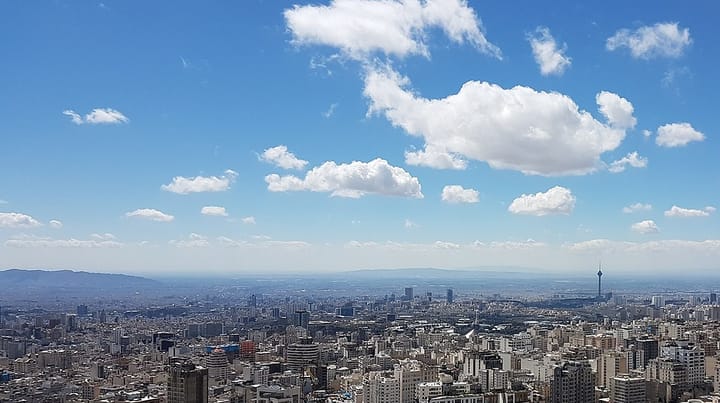
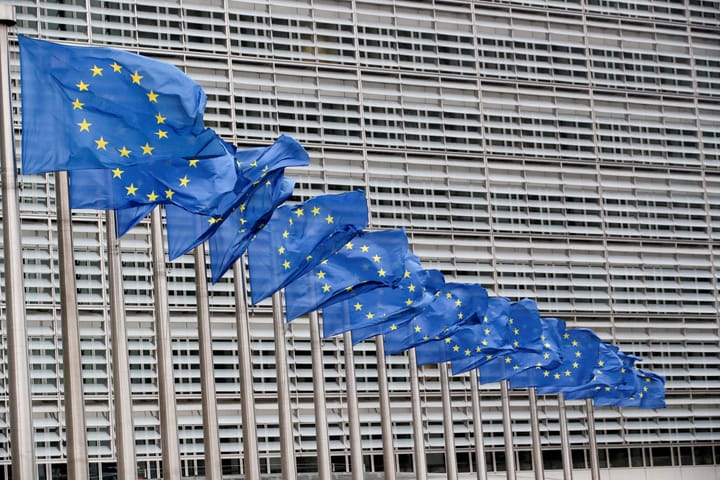
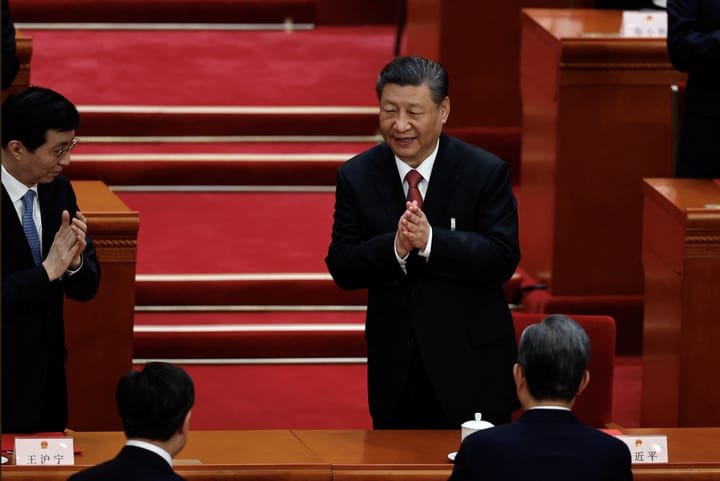
Comments ()